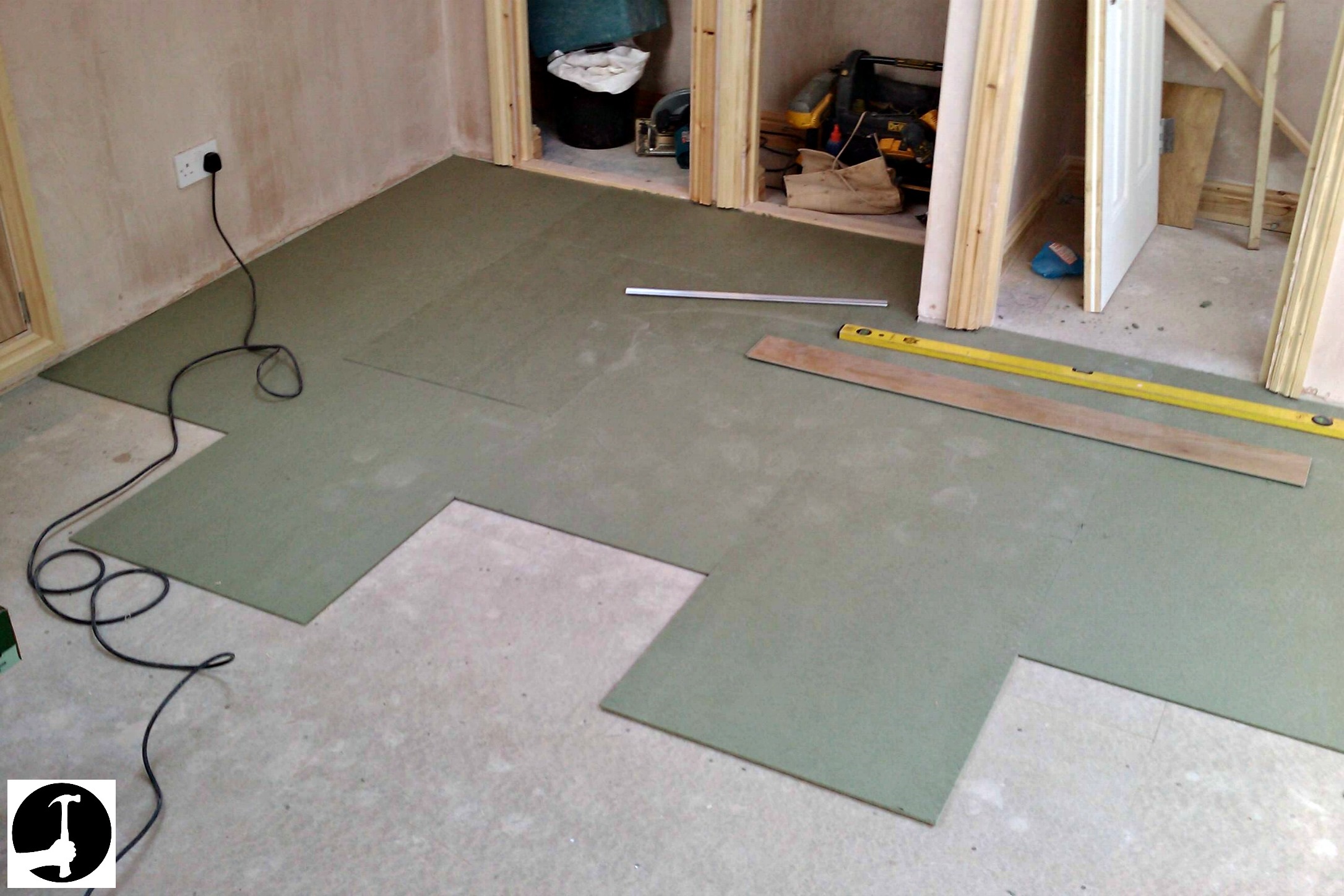
Enhancing Your Flooring Project: Flooring Underlayment Tips
Flooring underlayment plays a crucial role in the success of your flooring project. Whether you’re installing hardwood, laminate, vinyl, or carpet, the right underlayment enhances comfort, stability, and longevity. Explore these flooring underlayment tips to ensure a smooth and resilient foundation for your new floors.
Understanding the Purpose of Underlayment
Before diving into specific tips, it’s essential to understand the purpose of underlayment. Underlayment serves multiple functions, including sound absorption, moisture protection, and providing a smooth surface for the flooring material. Recognizing these purposes helps in selecting the appropriate type of underlayment for your specific flooring needs.
Choosing the Right Type of Underlayment
The first tip revolves around choosing the right type of underlayment for your flooring material. Different flooring types require specific underlayments. For instance, a moisture-resistant underlayment is crucial in areas prone to dampness. Consult with flooring professionals or refer to manufacturer recommendations to ensure compatibility.
Checking Subfloor Conditions Before Installation
An often overlooked tip is to thoroughly check subfloor conditions before laying the underlayment. Ensure the subfloor is clean, dry, and free from debris. Address any issues, such as unevenness or damage, to create a solid base for both the underlayment and the flooring material. Proper subfloor preparation is key to a successful installation.
Considering Sound Absorption Needs
If noise reduction is a priority, consider the sound absorption capabilities of different underlayment materials. This is especially relevant in multi-story buildings or areas where noise transmission is a concern. Cork and rubber underlayments are popular choices for their excellent sound-dampening properties.
Installing Vapor Barriers for Moisture Protection
Moisture can be a flooring’s nemesis. Installing a vapor barrier as part of the underlayment system adds an extra layer of protection against moisture infiltration. This is particularly important in areas with high humidity levels or when installing flooring over concrete slabs. A moisture-resistant underlayment helps safeguard your floors from potential damage.
Ensuring Compatibility with Radiant Heating Systems
For those considering radiant floor heating, ensure that the chosen underlayment is compatible with such systems. Some materials may hinder heat transfer or be damaged by the heat. Consult with the flooring and underlayment manufacturers to choose an option that complements and enhances the efficiency of your radiant heating system.
Following Manufacturer Guidelines for Installation
Each underlayment material comes with specific installation guidelines provided by the manufacturer. Strictly adhere to these guidelines to ensure proper functionality and longevity. Deviating from recommended installation methods may compromise the underlayment’s performance and affect the overall success of your flooring project.
Addressing Specific Flooring Material Needs
Different flooring materials have distinct requirements when it comes to underlayment. Hardwood, for example, may benefit from underlayment that provides cushioning and minimizes noise. Laminate flooring may require underlayment with moisture protection. Tailor your underlayment choice to meet the specific needs of the flooring material you’re installing.
Calculating Underlayment Thickness Appropriately
The thickness of the underlayment matters, and it’s not a one-size-fits-all scenario. Consider factors such as the subfloor condition, the type of flooring, and any specific requirements outlined by the flooring manufacturer. Calculating and selecting the appropriate thickness ensures optimal performance and durability.
Professional Consultation for Complex Projects
For complex projects or unique flooring requirements, seek professional consultation. Flooring professionals can assess your specific needs, recommend suitable underlayment options, and provide insights into installation best practices. Their expertise adds a valuable layer of assurance for a successful and long-lasting flooring project.
Explore indidesignhome.my.id for Flooring Underlayment Tips
For a comprehensive guide on flooring underlayment tips and a curated selection of resources, visit indidesignhome.my.id. Access expert advice, product recommendations, and additional information to empower you in creating a resilient foundation for your flooring project.
In conclusion, flooring underlayment is a critical element in ensuring the success of your flooring project. By considering the specific needs of your flooring material, addressing subfloor conditions, and following manufacturer guidelines, you can enhance the comfort, stability, and longevity of your new floors.



